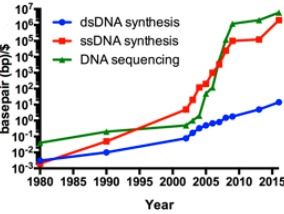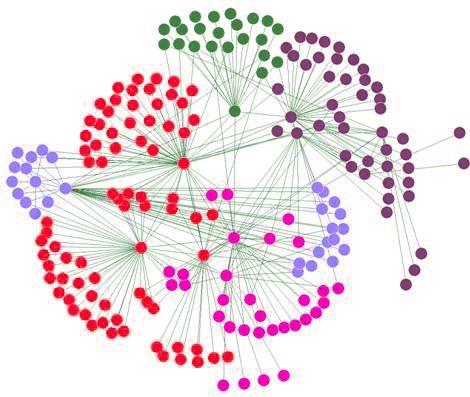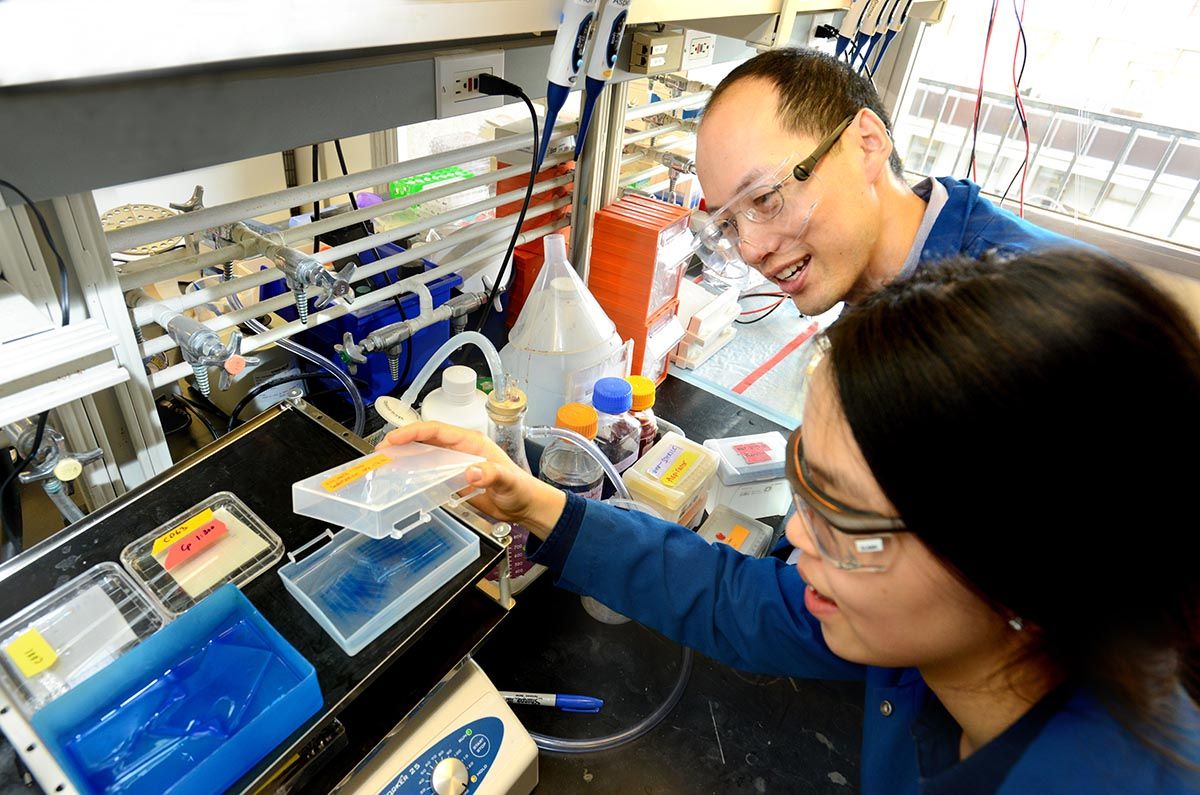![]()
I believe that we have been at a tipping point for a while with the public being able to maintain their tolerance levels of paying high prices for healthcare across the globe. This article highlights this well.
Foundations like PhG, medical institutes and companies such as InnVentis and Insilico Medicine have been taking this challenge on by developing treatments and technologies such as InnVentis precision medicine technologies, Insilico’s.
Anti-aging research and treatments all used to improve the success rates and costs of treatment of diseases such as cancer. The sooner that we can bring many of these new nextgen treatments into the mainstream the better.
BTW- not to mention the benefits that other areas of technology will gain from the bio research and findings from these nextgen medical companies and foundations.
By Deena Beasley.
CHICAGO (Reuters) — Americans pay the highest prices in the world for cancer drugs, but the treatments are least affordable in lower income countries, according to the results of a new study released on Monday.
The study of cancer drug prices in seven countries, which did not take into account discounts or rebates to list prices, was presented at the annual meeting of the American Society of Clinical Oncology in Chicago.
Read more







